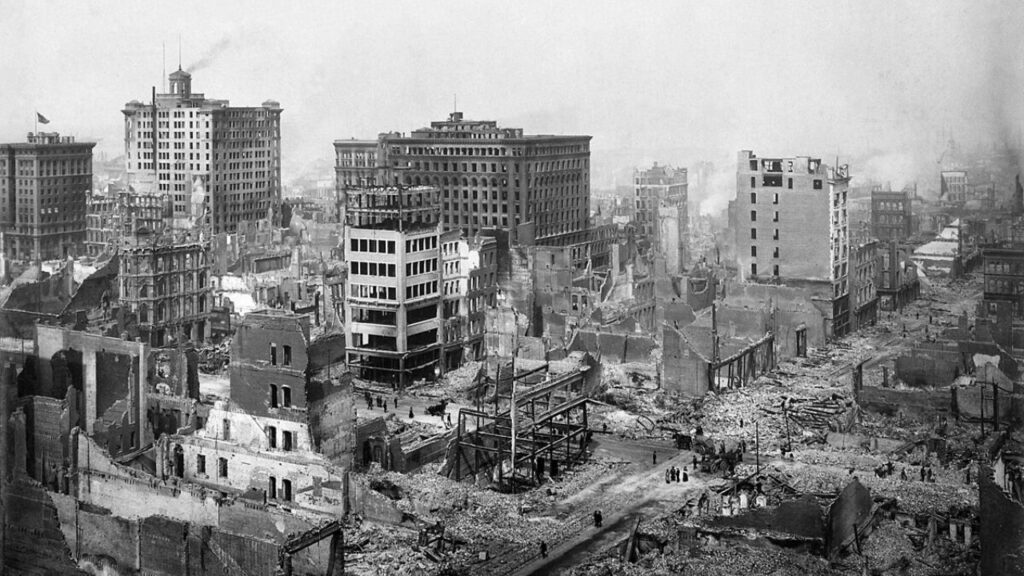California is no stranger to earthquakes, as the state is located along the San Andreas fault, a major source of seismic activity. However, not all earthquakes are equal in size and impact. Some of the most famous and destructive quakes in California’s history are the 1906 San Francisco earthquake, the 1989 Loma Prieta earthquake, and the 1994 Northridge earthquake. But none of these compare to the biggest earthquake to ever shake California: the 1857 Fort Tejon earthquake.
The Fort Tejon Earthquake
The Fort Tejon earthquake occurred on January 9, 1857, at about 8:20 a.m. It had a magnitude of 7.9, making it the strongest quake to strike California and one of the largest in the contiguous United States. The earthquake ruptured a 225-mile (360-kilometer) segment of the San Andreas fault, from Parkfield to Wrightwood. The ground movement was so intense that it created a surface offset of up to 29.5 feet (9 meters) horizontally and 16 feet (5 meters) vertically. The shaking lasted for one to three minutes, depending on the location.
The earthquake was felt throughout California, as well as in parts of Oregon, Nevada, Utah, and Arizona. It caused extensive damage to buildings, roads, bridges, and water systems, especially in the Los Angeles and Santa Barbara areas. The quake also triggered landslides, rockfalls, fissures, and liquefaction. Fortunately, the death toll was low, with only two confirmed fatalities, due to the low population density and the early morning timing of the quake.
The Aftermath and Implications
The Fort Tejon earthquake was a wake-up call for Californians, who realized the potential danger of living near a major fault. The quake also sparked scientific interest and research on the San Andreas fault and its behavior. Geologists and seismologists began to study the fault’s history, structure, and mechanics, as well as the recurrence intervals and probabilities of future large earthquakes.
One of the key findings was that the San Andreas fault is capable of producing even larger earthquakes than the Fort Tejon quake, with magnitudes of 8 or higher. These are known as “great” earthquakes, and they can cause widespread devastation and casualties. The last great earthquake on the San Andreas fault occurred in 1700, and it is estimated that such events occur every 200 to 400 years. This means that California is overdue for another great earthquake, and it could happen at any time.
Conclusion
The Fort Tejon earthquake of 1857 was the biggest earthquake to ever shake California, and it revealed the immense power and unpredictability of the San Andreas fault. The quake caused significant damage and disruption, but it also stimulated scientific inquiry and public awareness of earthquake hazards. However, the Fort Tejon quake was not the worst-case scenario, as the San Andreas fault can produce even larger and more destructive earthquakes. Therefore, Californians should be prepared for the possibility of another big one, and take measures to reduce their risk and increase their resilience.


